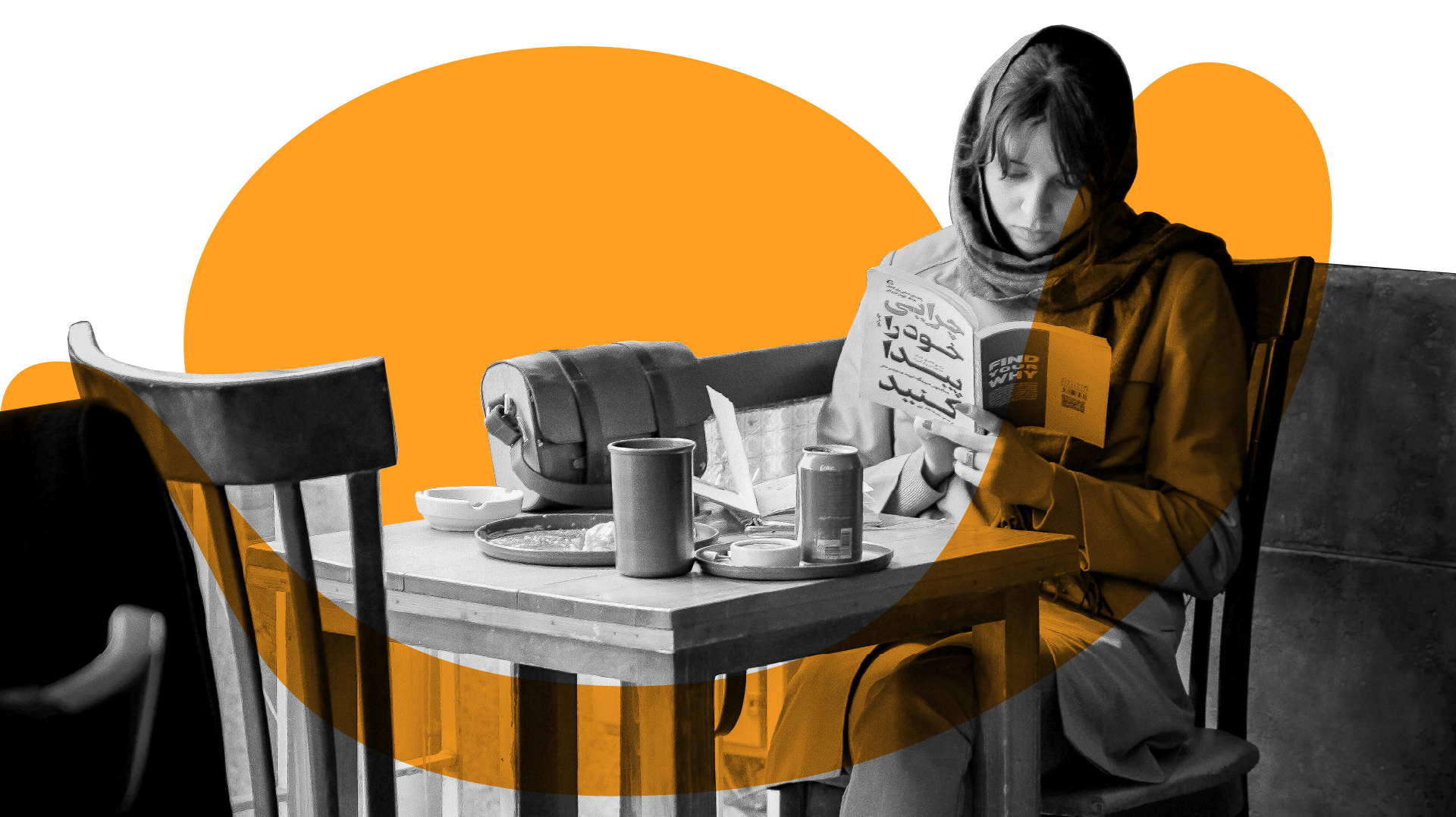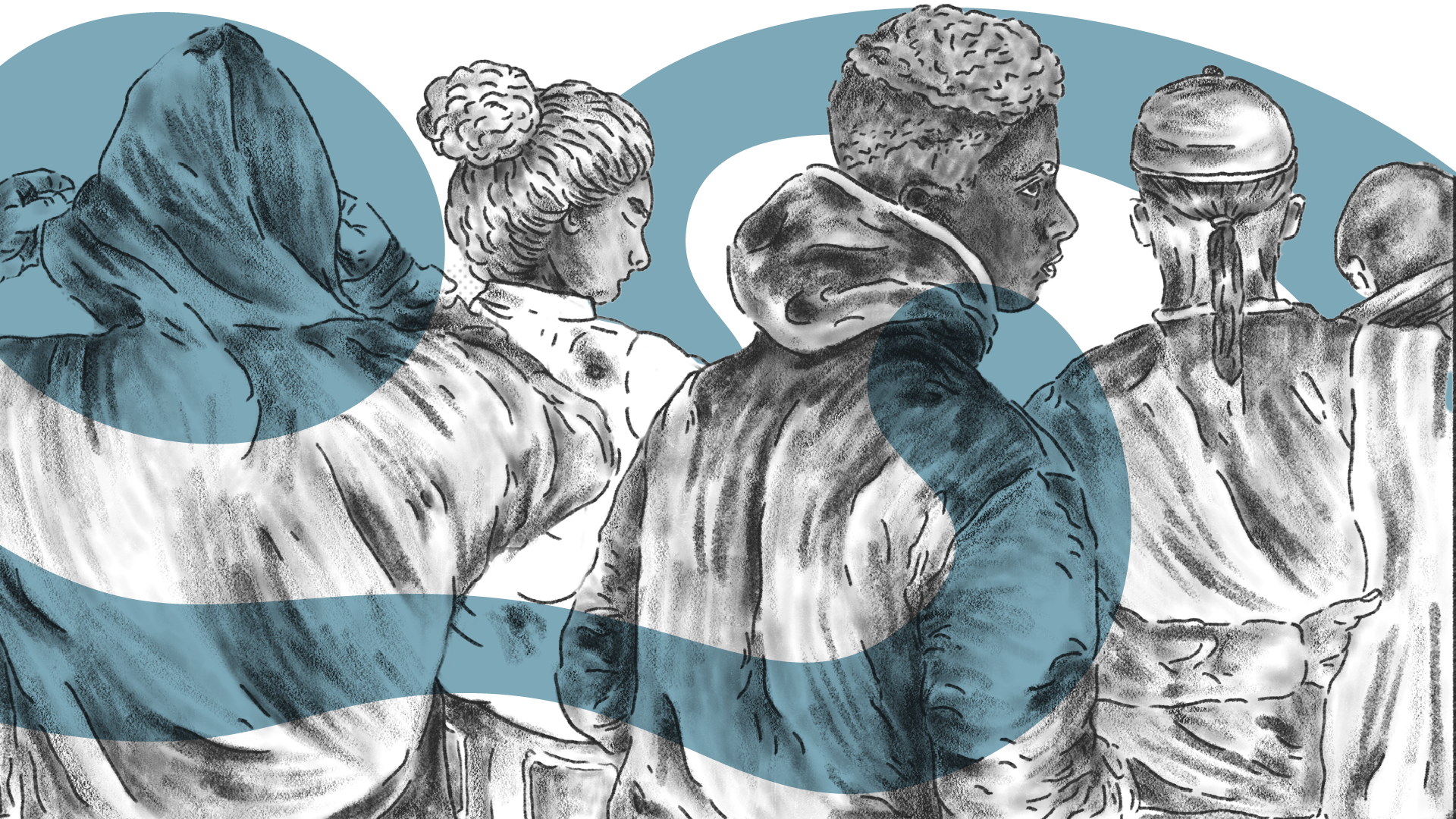
Since the 1979 Revolution, the Islamic Republic of Iran (IRI) has been defining its existing philosophy as defending the oppressed and the poor, rejecting materialistic ideas, emphasizing the power of religion and sacred values, abolishing corruption and tyranny, fighting against Westernization, individualism, and consumerism; and priority of collective gains over personal profit.
As a total negation of the ‘corrupt’ Persianist monarchy, the new revolutionary Islamic state intervened in the politics of enjoyment of subjects and brought socio-economic justice as a new object of desire that created a new fantasy: the dual process of establishment of the Islamic panopticon and structural changes in favor of the poor and working class. While the latter was carried out via appropriation of the property of the ‘corrupt’ via violent dispossession, de-proletarianization of urban economy, peasantization (a focus on small-scale agrarian practices) of agriculture, nationalization of manufacturing and financial enterprises, control of factories by worker councils, and provision of subsidies for essential goods and job security; the former established a new regime of truth via retrospective cultural practices such as sex segregation, religious courts, compulsory hijab, and morality police. Without a clear post-revolutionary program, the empty signifier of the ‘Islamic economy’ was framed as neither capitalist nor socialist, breaking the links with the West, and the goal of prosperity for the majority was articulated. In the first decade of the revolution, the return to the ‘authentic Islamic tradition’ functioned as an answer to the anxiety of capitalist modernism, which effectively maintained the balance of the libidinal structure (focused the libido on only one zone) of the socio-economic justice fantasy.
Nonetheless, it merely took one decade for the new Iranian capitalist class to start its genesis through a new wave of violent capital accumulation via the process of economic restructuring and liberalization, the proletarianization of the workforce, de-peasantization of the rural economy, revitalization of capitalist relations of production, and reconstitution of market institutions. During this first phase of neoliberalization (1989-2005), the ‘internationally-oriented capital fraction’ of the new Iranian capitalist class dominated political power and was based on a liberal interpretation of Islam. This fraction accepted the IMF’s structural adjustment program and replaced the promotion of socio-economic justice with the discourse of ‘produce and consume’; and thus, unchained the drive of pleasure for the sake of pleasure. Grounded on a puritanical reading of Islam, the second neoliberalization phase (2005-2013) has shaped the second fraction of the new Iranian capitalist class, the military complex: The revolutionary guards (IRGC) as a non-transparent entity who are not accountable and have close ties to the Iranian Supreme Leader’s office. This second fraction, due to their nativist anti-Western rhetoric, rejecting the policy of incorporating transnational corporations (TNCs) into state industries, has employed an illiberal mode of internationalization meaning conducting economic activities outside of the liberal Western bloc.
Purely dependent on the state structures and having access to state rents such as tax exemptions, subsidized loans, and import licenses, both fractions of the new Iranian capitalist class have functioned in the service of the expansion of surplus value and exploitation of popular classes via commodification and casualization of labor, deprivation of popular classes of their means of production, and ownership of environmental resources. During the neoliberalization phases, the construction of an ‘ideal Muslim subject’ based on the prohibition of premarital sex, culture of modesty and shame, concealment of body, and sexual desire paradoxically coincided with the construction of an ‘ideal neoliberal subject’ based on the hunger for growth, personal achievements, a culture of competition, and career growth. Concealing the silent crawl of the blind drive for pleasure for the sake of pleasure that is the Iranian neoliberal project, this glocalized religio-capitalist culture based on a conservative enjoyment sublimated the death drive into expensive commodities: the more the prohibition of display of human desires, the more the expansion of the display of capitalist excesses such as Apple stores and luxurious cars.
The imbalanced libido stemming from arbitrary repression of the desires of subjects because of the experimental fusion of Islam and capitalism in contemporary Iran has produced the schizophrenic hysteric neurotic subject, a condition of in-betweenness, both at the level of rulers and ruled, where all the dislocated ideas of modernity, Persianism, and Islamism fly in the air: the contemporary Iranian subject, whether in the position of the ruler or the ruled, experiences a contradictory multi-timeline being, and lives within different modern/Persianist/Islamic life-worlds simultaneously. One can witness a connection between the timeline of the ascendency of unprecedented economic corruption in IRI and the rise of the schizophrenic hysteric neurotic subject. Contemporary Iran has become a fertile scene for the return of repressed desires, hysteric demonstrations, and the desire for transgression and subversion of all the socio-cultural and political norms. At the level of the ruling elite, the schizophrenic hysteric has been materialized as an ‘unproductive’ ruling class; and at the level of the ruled, the schizophrenic hysteric subject embodies identity[lessness] fragmentation and the lack of sense of belonging to the IRI’s social engineering projects: high rate of premarital sexual relationships, celebritization of clerics, creative [dissolvement]fashioning of hijab, fatphobia, and performing sexiness via bodily practices such as surgical operations- liposuction, lip injections, botox, facial treatments, breast implants- to appear more Western. That is to say, as a libidinal bribe, IRI pushes the neurotic subjects to experience all kinds of transgression and constantly doubt the object of fantasy, which ultimately sustains the balance of the entire fantasy of the Islamic revolutionary norms. Activation of the death drive of pleasure for the sake of pleasure, the snowballing return of the repressed desires, entails corruption for the sake of corruption: In contrast to the previous historical eras, contemporary Iran (IRI) is an empty signifier, a lack resulting from the ‘tragedy of confusion’, stuck in the vortex of corruption where the implementation of both neoliberalism and Islamism has been detached from their planned initial purposes; thus, what remains is an unhinged drive for pleasure for the sake of pleasure.
